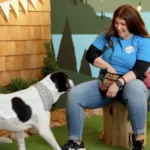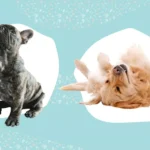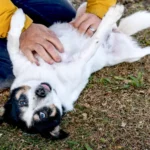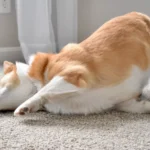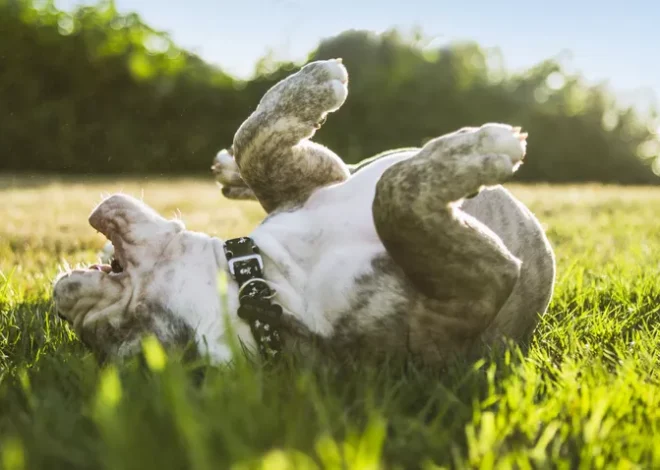
The Play Bow: Deciphering Your Dog’s Invitation to Fun

Dogs have a unique and fascinating way of communicating their intentions, and one of the most adorable and meaningful gestures is the play bow. Understanding your dog’s body language can unlock a world of insight into their emotional state and social interactions.
What Exactly is a Play Bow?

A play bow is a distinctive posture where a dog:
- Stretches front legs forward
- Lowers chest close to the ground
- Keeps rear end elevated
- Often accompanies the pose with a playful bark or excited expression
This body language signal is essentially your dog’s universal invitation that says, “I want to play!”
The Science Behind the Bow
Dog behaviorists recognize the play bow as a critical communication tool. It serves multiple purposes:
- Social Signaling: Indicates friendly intentions
- Conflict Prevention: Transforms potentially rough play into a fun interaction
- Invitation to Engage: Welcomes other dogs or humans to play
Interpreting the Play Bow
When Do Dogs Use Play Bows?
Dogs employ this gesture in various scenarios:
- Meeting a new dog friend
- Initiating playtime with humans
- Continuing play when one participant seems tired
- Diffusing potential tension during social interactions
Signs of a Genuine Play Bow
Look for these characteristics:
- Quick, excited movements
- Relaxed body language
- Potential accompanying vocalization
- Maintained eye contact
Mimicking the Play Bow: Connecting with Your Dog

Professional dog trainers recommend learning to “speak dog” by practicing play bows yourself. You can do this in two primary ways:
Standing Play Bow
- Bend at the hips
- Lower your chest
- Spread arms wide
- Follow with an engaging action like throwing a ball
All-Fours Play Bow
- Get down on hands and knees
- Stretch arms forward
- Lean on elbows
- Raise your rear end
Pro Tip: Mimic your dog’s quick, energetic movements for the most effective communication.
When Play Bows Might Indicate Something More
While typically a sign of playfulness, persistent or unusual play bows could signal:
- Anxiety
- Stress
- Desire for interaction
- Potential health concerns
Read Also:
- Why Do Dogs Lick Their Paws?
- Top Products to Keep Your Dog Happy and Healthy
- Why Letting Your Dog Sniff is Crucial for Their Happiness
Additional Resources
For more detailed canine behavior insights, consult:
- American Kennel Club (www.akc.org)
- Certified Applied Animal Behaviorists
Disclaimer: Always consult with a veterinarian or professional dog behaviorist for personalized advice tailored to your specific dog’s needs.


